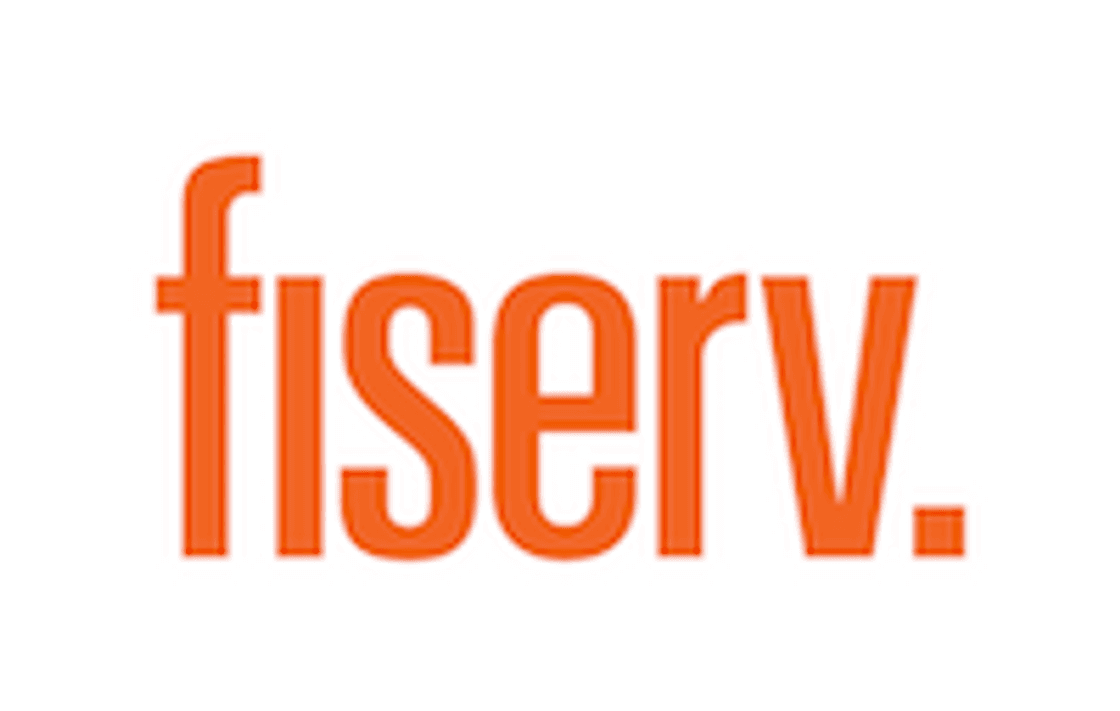Executive Summary
Friction in the workplace is generally viewed in a negative light and can be an emotional burden for managers and employees alike. Yet without it we would lack spark or fire—both are necessary for motivation and innovation.
Organizational friction is when employees have so many emails and meetings, they feel overwhelmed and frustrated and unable to complete meaningful work. It happens when policy dictates lengthy approval steps that slow decision-making. These are examples of “bad friction.”
But to gain the friction spark, organizations also need friction. Bringing people together from diverse backgrounds to innovate and creatively solve problems will require workplace friction. Employees should be encouraged to respectfully disagree and trust that their work culture supports and values input, even when it counters popular beliefs. When managed properly, friction can increase operational efficiency in the workplace. When friction is poorly managed or goes unrecognized, company performance can stagnate. Eliminating of friction and nurturing good friction can transform the workplace.
Five presenters offered insights into the concept of friction in the workplace, and how friction can be managed to optimize performance and employee satisfaction and retention.
Sponsors












